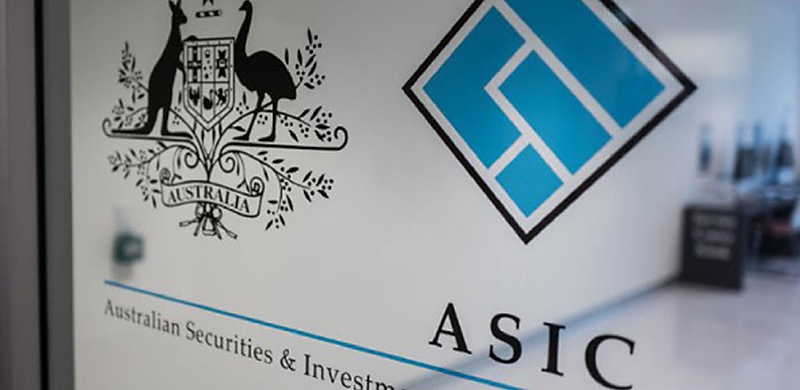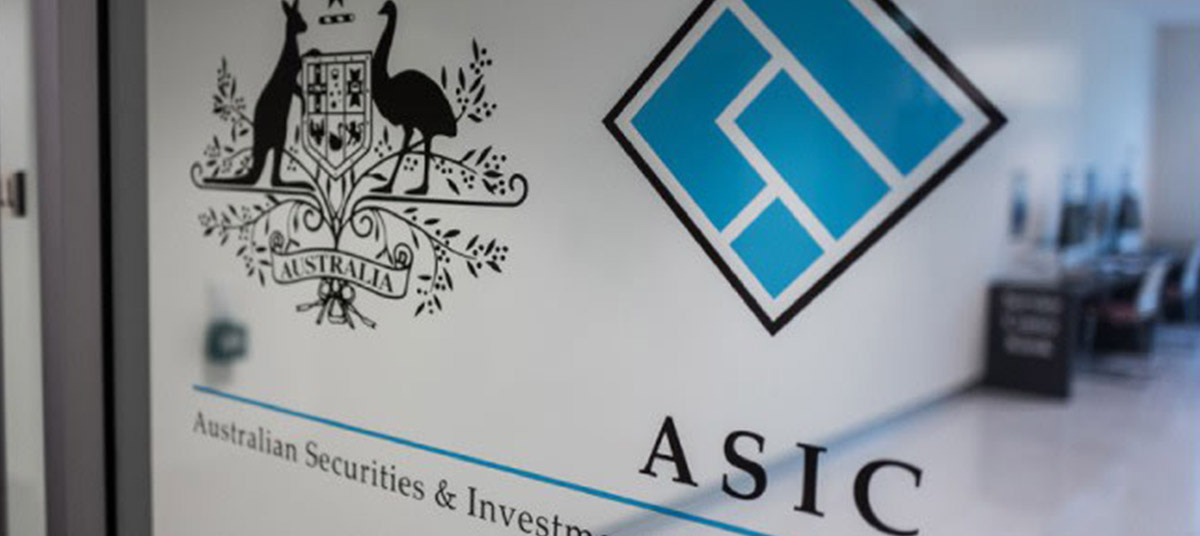
Levies from the financial services regulator will be more than double what they were last year, according to new ASIC estimates, leading to calls for a rethink.
Credit intermediaries are estimated to pay $6.05 million in regulatory costs to the Australian Securities & Investments Commission (ASIC) for the financial year 2025, a 109 per cent increase on last year’s figures.
ASIC issued its 2024–25 Cost Recovery Implementation Statement (CRIS) estimates on Thursday (3 July), which outlines how ASIC will recover regulatory costs from industry under the industry funding model.
The levies, which are based on ASIC’s planned regulatory work and associated costs for the last financial year, will be finalised in December 2025 and invoiced between January and March 2026.
However, the regulator has estimated that there will be a minimum levy of $1,000 for credit intermediaries for FY25, plus an additional $43 per credit representative.
In total, credit intermediaries are estimated to pay $6.05 million in regulatory costs.
While ASIC has not released a reason for the doubling in levies, the costs are largely based on the volume of regulatory activities for each industry sub-sector in 2024–25.
Some of ASIC’s enforcement of credit intermediaries over the financial year includes the court case surrounding alleged RAMS misconduct and its information-gathering exercise on broker files.
For FY24–25, ASIC’s total estimated recoverable costs across all sectors are $349.3 million – a 6 per cent increase from the $328.1 million recovered in 2023–24.
For FY25, the increased costs for credit intermediaries and the financial services industry as a whole largely relate to ASIC’s work in supporting key government priorities, including:
-
Implementation of the scams prevention framework.
-
Mandatory climate-related financial disclosures.
-
Beneficial ownership transparency reform.
-
Enhancements to ASIC’s data capability and cyber security.
The levies also cover ASIC’s work in education, industry engagement, guidance, and policy advice, as well as indirect costs such as digital, data and technology, and corporate support.
Calls for ASIC funding to be overhauled
The release of ASIC’s cost recovery estimates comes amid ongoing calls for widespread reform at ASIC.
The Mortgage & Finance Association of Australia (MFAA) has suggested that while ASIC is performing a "valuable role" there should be a more equitable system for financial service companies.
The MFAA executive for policy and legal, Naveen Ahluwalia, commented: “ASIC is performing its valuable role in monitoring the sector, and we acknowledge that. However, the costs associated with this activity need to be balanced and proportionate, ensuring they properly reflect an industry that continues to deliver strong results.”
Ahluwalia emphasised that the broking industry is achieving excellent outcomes for consumers, with brokers’ market share reaching record highs while consumer complaints remain very low – clear indicators of an industry that is serving Australians well.
She added that while the current industry funding framework sees the sector contribute to funding ASIC’s surveillance, investigation, and enforcement activity, she highlighted that it does not benefit from any penalties recovered through enforcement proceedings.
“This is something we raised, including in our submissions to Treasury’s review of the ASIC funding model,” Ahluwalia said.
“Looking ahead, the MFAA and ASIC are in regular dialogue and we welcome the opportunity to work with ASIC on the outcomes of its monitoring activity. Sharing insights back with the industry to support continuous improvement would help ensure effective and transparent regulation.”
Last year, a scathing Senate economic references committee report put forward recommendations to change the financial services regulator, including easing the funding burden on small businesses.
Specifically, the report recommended taking “reasonable steps” to ensure levies charged on industry sub-sectors are reduced (commensurate with increased resourcing to the regulator through the proceeds of fines).
Instead, it advised that the government “reassess” ASIC’s funding arrangements so that a greater level of funding can be directly resourced with the proceeds of regulatory fines (including late fees, court fines, penalties, and infringement notices).
It also advised ensuring that regulatory authorities are accountable for the level of resources linked to cost-recovered activity and face obligations to rationalise surplus resourcing to reduce costs on the industry sub-sector participants.
When releasing the report, the chairperson of the committee, Senator Andrew Bragg, said: “The Committee understands the pressure of ASIC levies on small business. We have recommended lightening the load on small business by recalibrating the funding model.
“We need regulators to be responsive and transparent, but most of all to be focused on enforcement.
“These measures, if adopted, would provide Australians with the protection and confidence which is sadly absent.”
[Related: ASIC exercise ‘always anticipated’, say broker associations]

